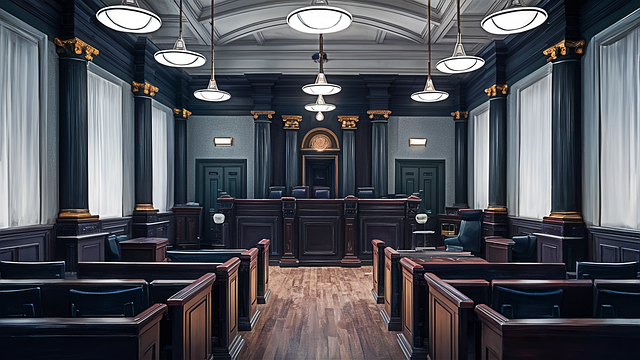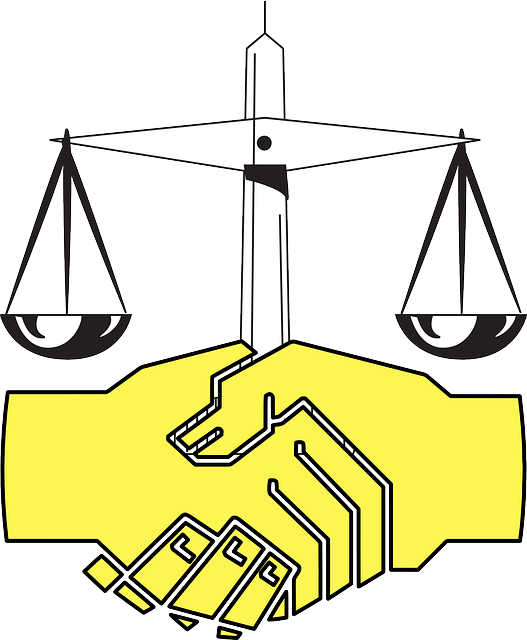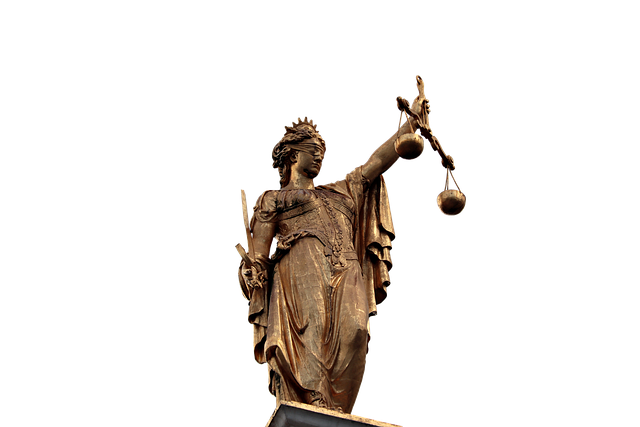Criminal law enforcement, a multifaceted field, balances public safety and individual liberties through collaborative efforts among agencies. The Civil Litigation Process for Patent Infringement, a key component, safeguards intellectual property rights via legal disputes. This process involves identifying infringers, investigating, filing complaints, disclosures, discovery, mediation, trial, and evidence presentation. Defense strategies focus on robust case building to achieve favorable outcomes. In the criminal justice ecosystem, law enforcement agencies and attorneys work together to uphold fairness. Investigating crimes requires a delicate balance between evidence gathering and legal standards, with protections like the Fourth Amendment. Technology, from data analytics to biometric systems, enhances crime prevention and evidence collection, revolutionizing both criminal cases and patent infringement litigation.
Criminal law enforcement is a complex web of procedures designed to protect society and uphold justice. This article provides an in-depth look at various facets of criminal justice, from understanding its scope and objectives to exploring key players and cutting-edge technologies. We delve into the intricate process of investigating crimes, including evidence collection and legal considerations, and offer a step-by-step guide to the civil litigation process for patent infringement, shedding light on crucial aspects of modern criminal law enforcement practices.
- Understanding Criminal Law Enforcement: An Overview of Its Scope and Objectives
- The Civil Litigation Process for Patent Infringement: A Step-by-Step Guide
- Key Players in Criminal Law Enforcement: Roles and Responsibilities
- Investigating Crimes: Techniques, Evidence Collection, and Legal Considerations
- The Role of Technology in Modern Criminal Law Enforcement Practices
Understanding Criminal Law Enforcement: An Overview of Its Scope and Objectives

Criminal law enforcement is a multifaceted field that focuses on protecting society by preventing and addressing criminal activities. Its primary objective is to ensure public safety and maintain order through the fair administration of justice. This involves a complex interplay between various agencies, including police departments, prosecutors, defense attorneys, and courts.
The scope of criminal law enforcement encompasses a wide range of issues, from investigating and prosecuting misdemeanors to handling severe felony cases. It includes the Civil Litigation Process for Patent Infringement, where legal battles are fought to protect intellectual property rights. A general criminal defense strategy involves building robust cases, presenting compelling evidence, and advocating for his clients’ rights while aiming for winning challenging defense verdicts. Effective law enforcement requires a balanced approach that respects individual liberties while upholding the rule of law.
The Civil Litigation Process for Patent Infringement: A Step-by-Step Guide

The Civil Litigation Process for Patent Infringement involves several key steps designed to protect intellectual property rights and seek damages. It begins with identifying potential infringers through patent searches, due diligence, or complaints from other parties. Once identified, for his clients, a thorough investigation is conducted to gather evidence of infringement, including reviewing products, documents, and relevant market data.
Next, the plaintiff files a complaint in an appropriate court, asserting their patent rights and outlining claims of infringement. The defendant is then served with legal papers, prompting them to respond within a set timeframe. After initial disclosures and discovery, where both parties exchange relevant information, the case progresses. This may involve mediation or settlement negotiations, aiming to resolve the dispute outside of court. If not settled, the matter advances to trial, where each side presents evidence and arguments. An unprecedented track record of success in these cases can be achieved through robust legal strategy and an extensive understanding of patent law, ultimately protecting the respective business interests involved.
Key Players in Criminal Law Enforcement: Roles and Responsibilities

In the intricate web of criminal law enforcement, several key players contribute to maintaining justice and public safety. The primary responsibility lies with law enforcement agencies, such as police departments and sheriff’s offices, who are tasked with investigating crimes, gathering evidence, and making arrests. These agencies play a pivotal role in ensuring that potential perpetrators are brought to justice, serving as the first line of defense against criminal activities.
Beyond law enforcement, attorneys hold a crucial position, particularly those specializing in general criminal defense. They represent individuals accused of crimes, providing legal counsel, navigating complex procedures, and advocating for their clients’ rights. In cases where civil litigation is involved, such as patent infringement claims (a process distinct from the Civil Litigation Process for Patent Infringement), these attorneys may collaborate with their counterparts to ensure a complete dismissal of all charges or negotiate plea bargains. Jury trials are a significant part of this process, offering a transparent and democratic approach to criminal justice.
Investigating Crimes: Techniques, Evidence Collection, and Legal Considerations

In the intricate dance of criminal law enforcement, investigating crimes is a delicate yet crucial step. Effective inquiry techniques are paramount to unearthing evidence that adheres to legal standards. Detectives employ a multifaceted approach, ranging from interviewing witnesses and suspects to examining physical clues, all while navigating complex legal considerations. The Civil Litigation Process for Patent Infringement, while distinct in nature, shares some evidentiary principles with criminal cases, emphasizing the importance of meticulous documentation and preservation of data.
Evidence collection is a critical art in crime investigation, where every piece of information matters. Forensically sound practices ensure that evidence is admissible in court, which often hinges on its authenticity and relevance. Legal considerations, including the Fourth Amendment’s protection against unreasonable searches and seizures, guide investigators to respect individual rights while gathering facts. Moreover, understanding the nuances of evidence presentation during jury trials within both criminal and patent infringement cases can significantly impact outcomes, with successful presentations leading to winning challenging defense verdicts, thereby fostering trust in the justice system among philanthropic and political communities.
The Role of Technology in Modern Criminal Law Enforcement Practices

In today’s digital era, technology has become an indispensable tool for criminal law enforcement agencies, revolutionizing their approach to fighting crime and ensuring public safety. Advanced data analytics and artificial intelligence (AI) enable investigators to sift through vast amounts of information quickly, uncovering patterns and connections that might otherwise remain hidden. This capability has proven invaluable in solving complex cases, from identifying cybercriminals to tracing the origins of illicit goods.
Moreover, technological advancements like biometric identification systems, surveillance drones, and digital forensics tools have significantly enhanced the efficiency and accuracy of law enforcement operations. These innovations not only assist in preventing crimes but also facilitate the Civil Litigation Process for Patent Infringement, providing concrete evidence and strengthening legal cases. With an unprecedented track record of achieving extraordinary results, these technological interventions are reshaping the respective business landscape of criminal justice, ensuring a more responsive and effective law enforcement system.
In conclusion, this article has explored various facets of criminal law enforcement, from understanding its foundational principles to examining modern technological advancements. We’ve delved into key processes like the civil litigation process for patent infringement, highlighting crucial steps and considerations. By exploring roles, techniques, and legal aspects, we’ve painted a comprehensive picture of how these elements intersect in today’s digital era. Leveraging technology has proven to be a game-changer, revolutionizing investigations and enhancing enforcement capabilities. As practices continue to evolve, staying informed about these dynamics is essential for both professionals and folks navigating the complex landscape of criminal law.






